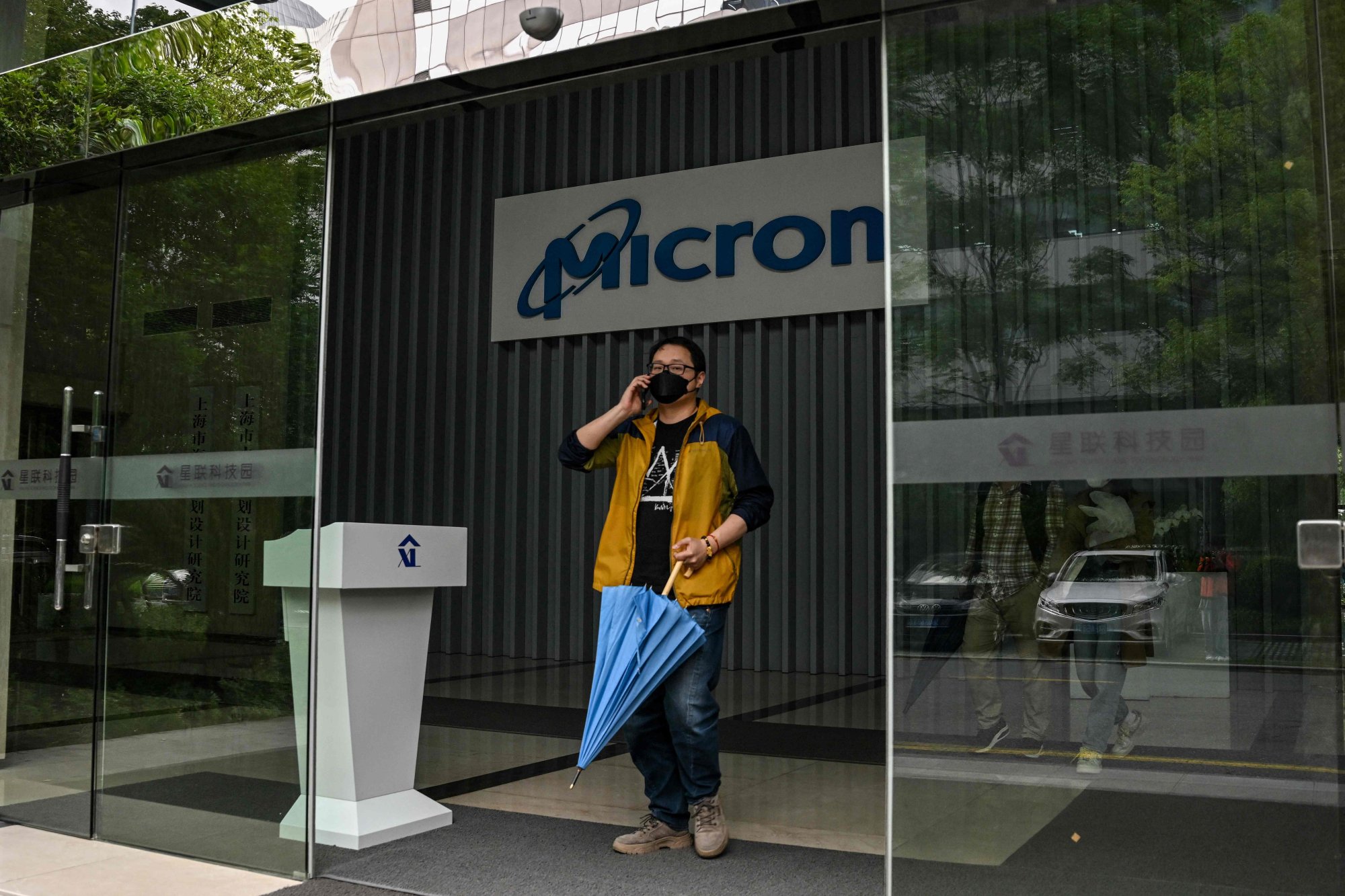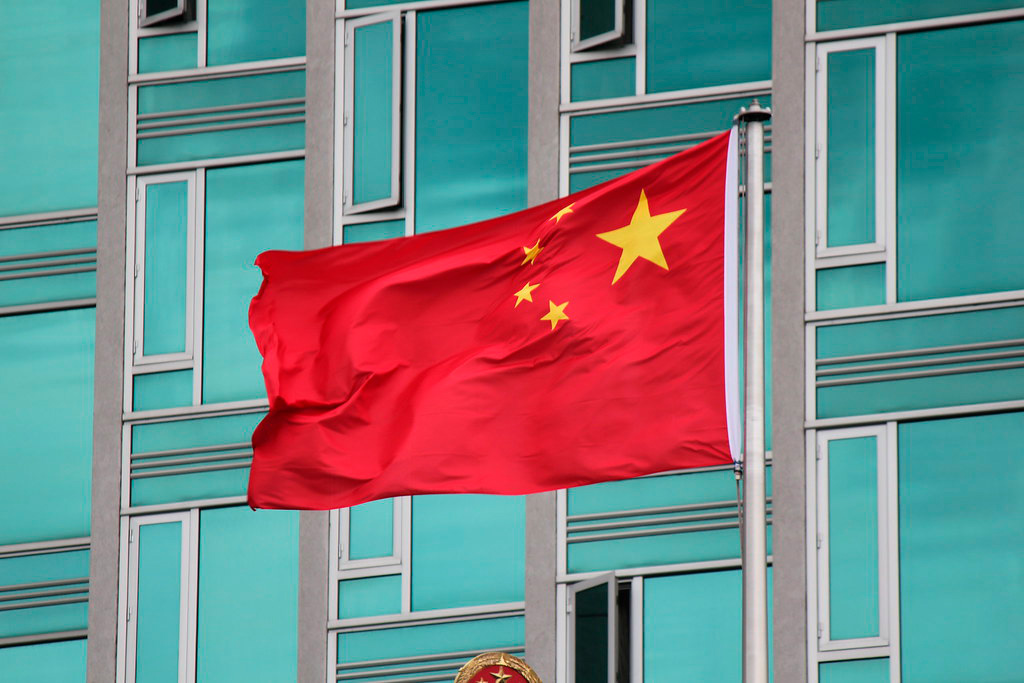China’s chip imports slumped nearly 20 per cent in the first five months of 2023, according to official customs data, as trade with South Korea and Japan shrank amid an intensified US-China tech war.
From January to May, China’s imports of integrated circuits (ICs) dropped 19.6 per cent year on year to 186.5 billion units, slightly narrowing the 21.1 per cent drop recorded in the first four months, according to data published by the General Administration of Customs on Wednesday. The total value of chip imports fell 24.2 per cent to US$131.9 billion in the five-month period.
In contrast, in the same period in 2022, the total volume of China’s chip imports dropped 10.9 per cent year on year to 232.1 billion units, while the total value increased 9.1 per cent amid a global chip shortage at that time.
For January to May this year, IC exports fell 11.7 per cent year on year to 103.4 billion units, while the total value of chip exports declined 17.2 per cent.
The downward trend in trade data comes amid increasing efforts by the US to restrict China’s access to advanced chips and chip-making equipment, especially from Japan, South Korea and Taiwan, which are key players in the global chip supply chain. Meanwhile, a US-initiated Chip 4 Alliance – which includes South Korea, Japan and Taiwan – is coming into shape.
China’s total imports from South Korea plunged 26.7 per cent in the first five months, continuing the trend in the first four month, marking the steepest drop among China’s major trade partners, according to Chinese customs data. Imports from Japan and Taiwan slumped 17.6 per cent and 26.2 per cent, respectively. In comparison, China’s total imports fell just 6.7 per cent in the same period.
The decline in chip imports could continue given current headwinds. In May, Japan’s Ministry of Economy, Trade and Industry released a new set of export restrictions on 23 types of chip-related equipment and materials, which will come into effect in July, which follows a reported agreement between the US and the Netherlands to limit the export of advanced chip-making equipment to China.
Although Tokyo did not explicitly reference China in the new rules, analysts said they represent a de facto ban similar to the US export curbs announced in October 2022, which dealt a heavy blow to China’s ability to produce advanced chips beyond the 14-nanometre process node.
Separately, Washington asked Seoul to press the country’s memory chip makers to not fill any market gaps in China from Beijing’s ban on the sale of some Micron Technology memory chips on the mainland after a national security probe, the Financial Times reported.

A person leaves a building housing the Shanghai offices of US memory chip maker Micron. Photo: AFP
The global semiconductor market is still grappling with a cyclical downturn exacerbated by macroeconomic headwinds. In April, the chip industry saw its total sales drop 21.6 per cent year on year to US$40.0 billion, according to data released on Tuesday by the US-based Semiconductor Industry Association.
However, China’s domestic chip output is seeing a recovery, as Beijing continues to offer preferential policies and financial support for its domestic chip supply chain under a “whole-nation” approach. In April, China’s IC output increased 3.8 per cent year on year to 28.1 billion units, marking the first monthly uptick in 16 months, according to data released by the National Bureau of Statistics.

